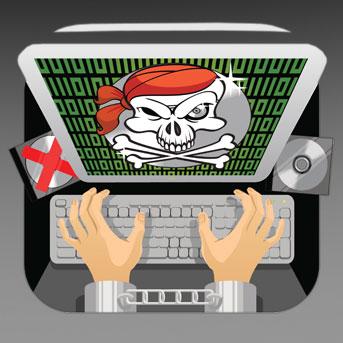
Software piracy has long been the scourge of the IT industry. It has not only raised hackles amongst vendors but also troubled enterprise technology leaders alike – those who have inadvertently deployed unlicensed software. While vendors have lamented the loss of revenues, CIOs have had to be at the receiving end of audit firms, and their subsequent punitive actions.
The numbers themselves speak of the gigantic challenge. A global study conducted by BSA reveals that 43 per cent of the software installed on personal computers around the world in 2013 was not properly licensed. The commercial value of these unlicensed software installations comes to a mind boggling $62.7 billion.
Information technology is one of the most dynamic industries globally, and the rate at which technology changes is extremely fast. Today, the enterprise IT landscape is witnessing emerging technologies and models such as cloud computing, mobility, analytics and social. Of these, cloud computing holds the most promise.
One may wonder, and logically so, that this changing scenario would change the contours of software piracy also. There may be some who would argue that the advent of cloud will give vendors greater control of the distribution of software and continual views of its usage. They believe this will help curb piracy to a large extent.
This optimism, however, may well be short lived. As enterprise shift to new models of IT, so would piracy. The menace would manifest in new and emerging ways.
Shadow IT, or bypassing the CIO’s office to procure IT, could serve as fuel for piracy. Without any controls from the IT department, there is every possibility that software that does not confirm to licensing rules could find a place in an enterprise.
As for cloud, who can prevent someone from sharing log-in credentials? As BSA believes, this new form of potential license abuse is akin to under-licensing, where an enterprise pays for a certain number of software copies but uses more than that were paid for. Here, a company pays for a certain number of cloud service users (or ‘seats’) and, through credential sharing, more people have access. Because these are services designed to displace their on-premise counterparts, credential sharing would have the same effect as under-licensing.
In fact, this sharing of credentials is already gathering steam. For users of business cloud services that are paid for, BSA’s Global Software Survey found that 52 per cent of respondents said they shared credentials, up from 42 per cent in 2011. Sixty-two per cent of those who shared credentials did so more than rarely. Nearly one in five (18 per cent) said they share credentials outside the company. Based on feedback from IT managers, there was a moderate correlation between credential sharing and country-level rates of unlicensed software installation. For example, 75 per cent of respondents in China, India and Thailand said they shared log-in credentials, while Denmark, Finland and the UK were all less than 40 per cent.
To counter this new form of piracy, laws need to be strictly enforced. It is not that India lacks legislation to take care of piracy on cloud. The IT Act and the robust Copyright Law have enough teeth to handle it. What lacks is their proper and stricter enforcement.

 In
In
Add new comment